Digital Wallets and Open Banking Set to Dominate Payments in 2025, According to Merchants
Fintech Finance
NOVEMBER 14, 2024
Additionally, 56% are adopting data analytics to gain critical insights into payment behaviour, while 38% prioritise API-based integrations to enhance flexibility and security in their payment ecosystems.

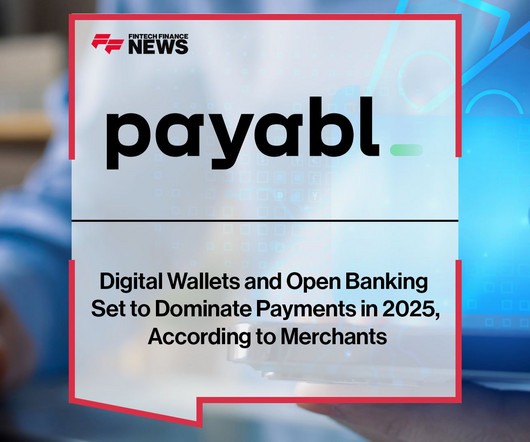


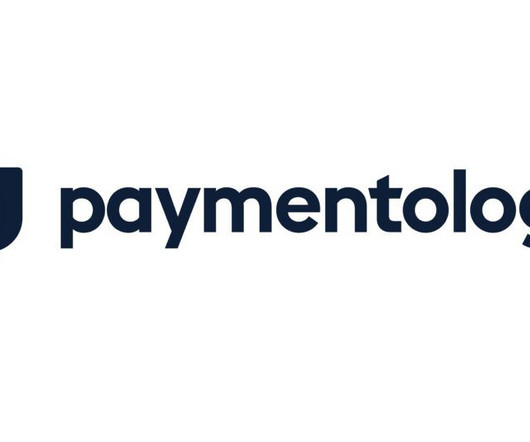
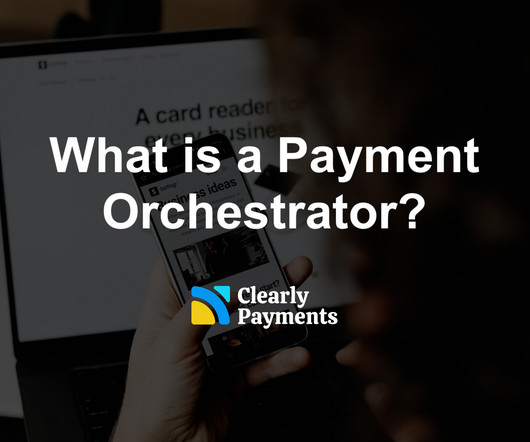




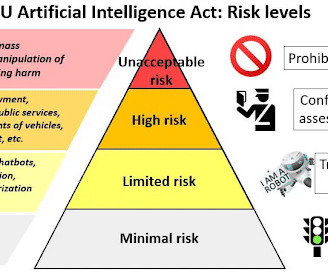

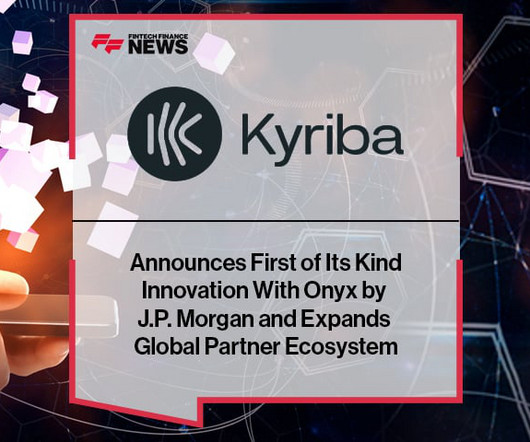


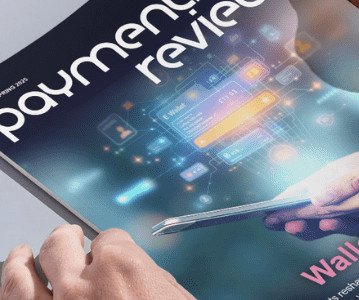






Let's personalize your content